The research and exhibition project Parrot Terristories by Hörner/Antlfinger revolves around the various territories and habitats in which grey parrots and humans meet – and have met historically.
The exhibition is the first to show all chapters of this body of work, which has been developed over the past six years in collaboration with numerous actors and institutions. In images, texts, films, sound works and installations, the artists explore the possible relationships between parrots and humans. Additionally, there will be a joint work with Nick Byaba (Parrot Tree Caretakers Association, Uganda), in which the relationship of wild grey parrots to their environment is examined.
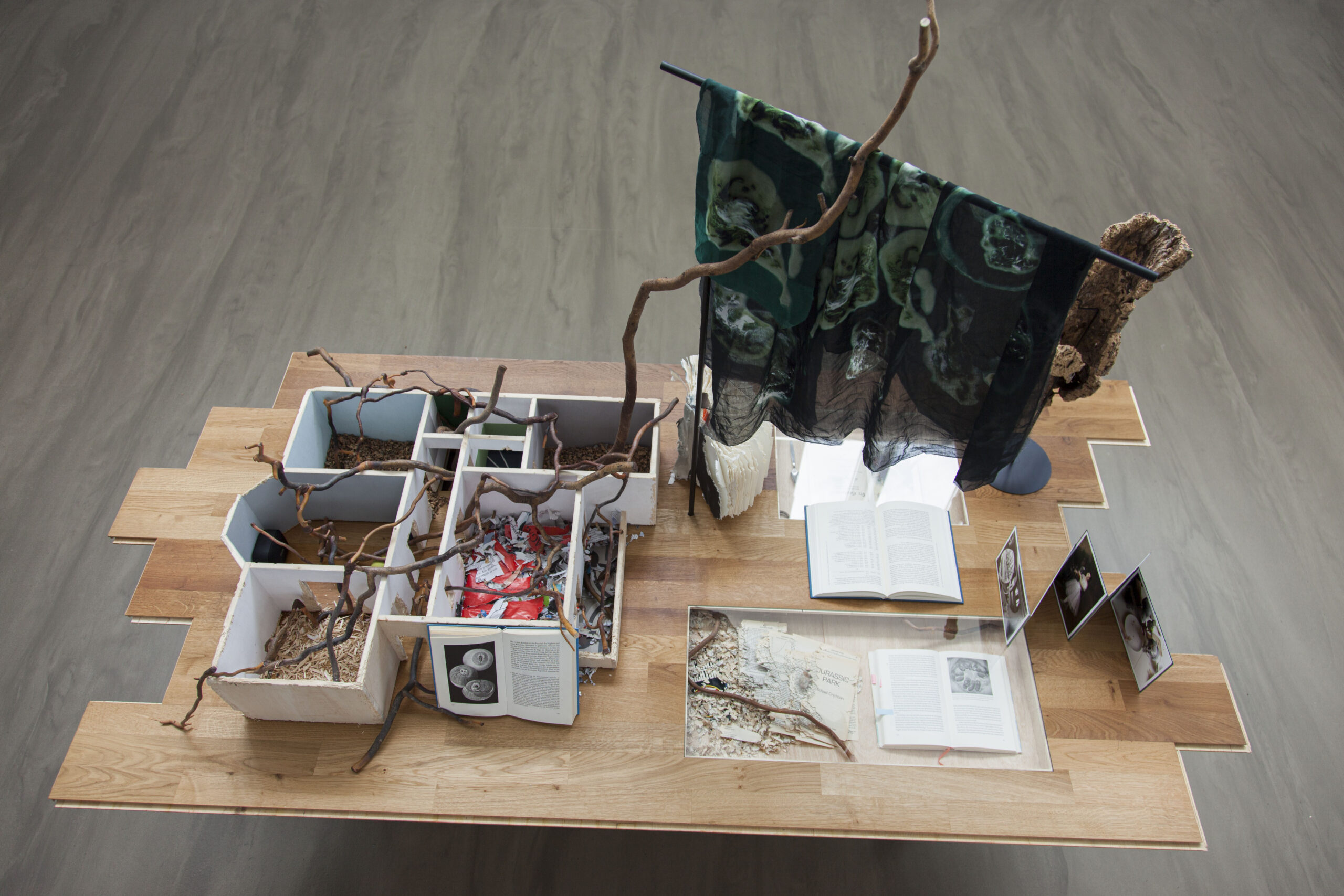
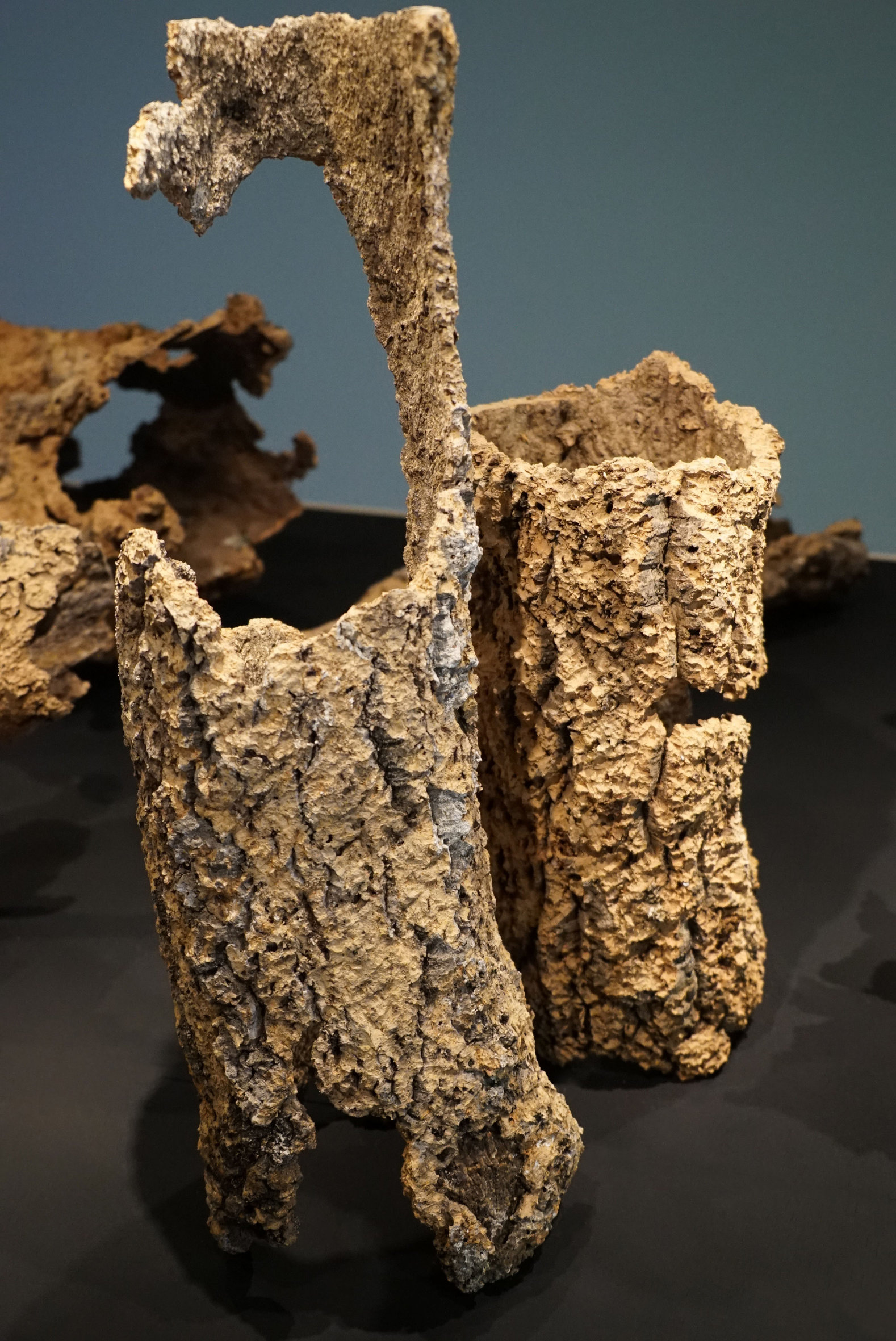
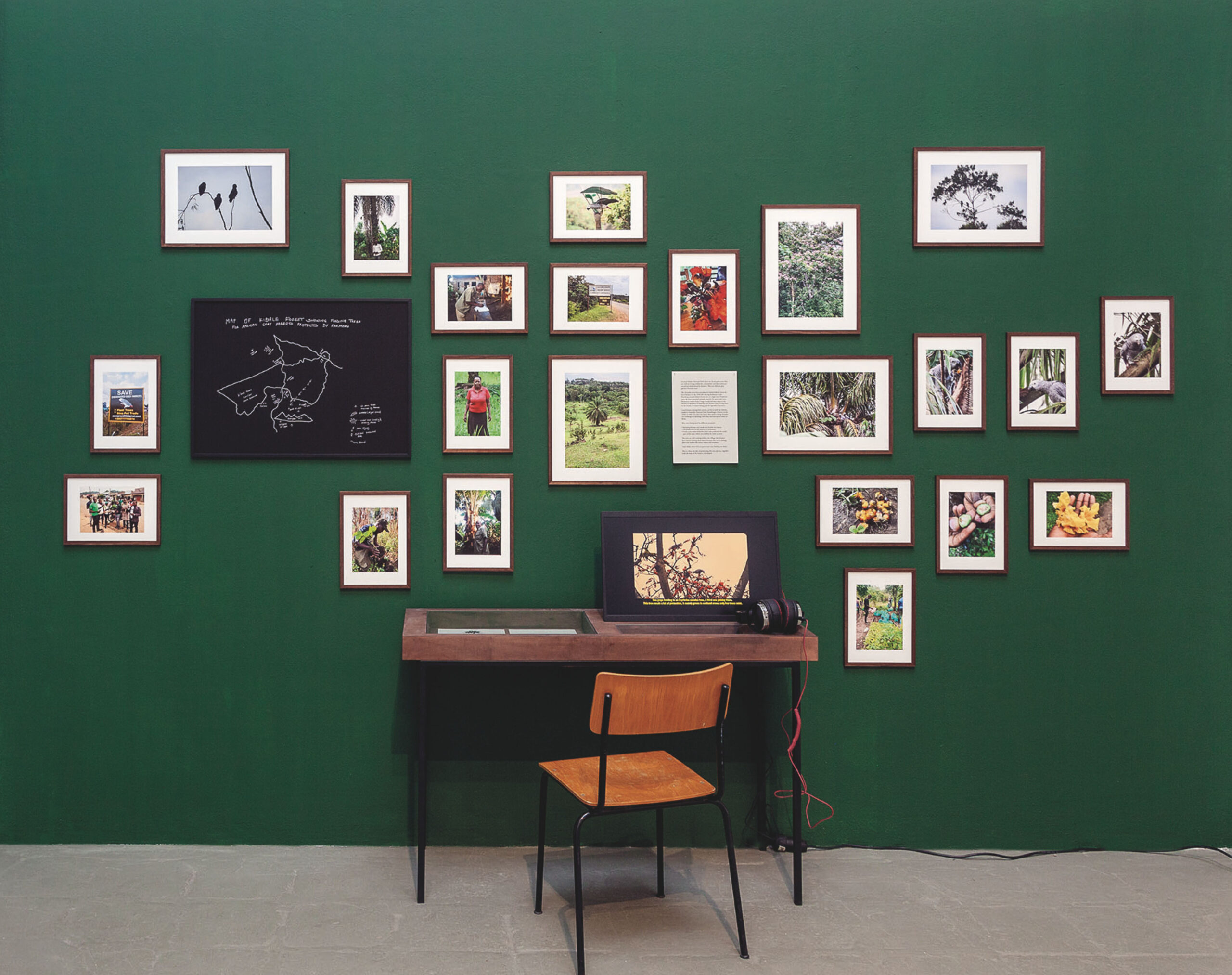
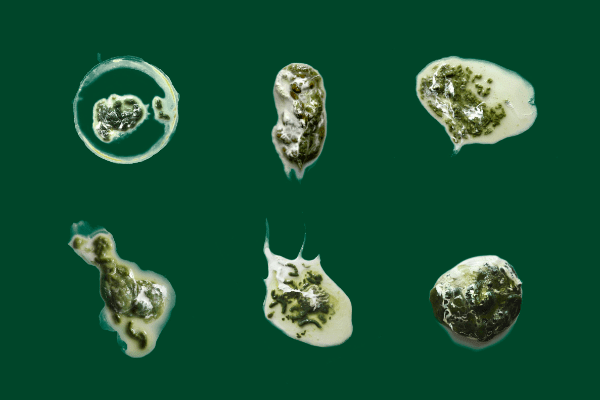
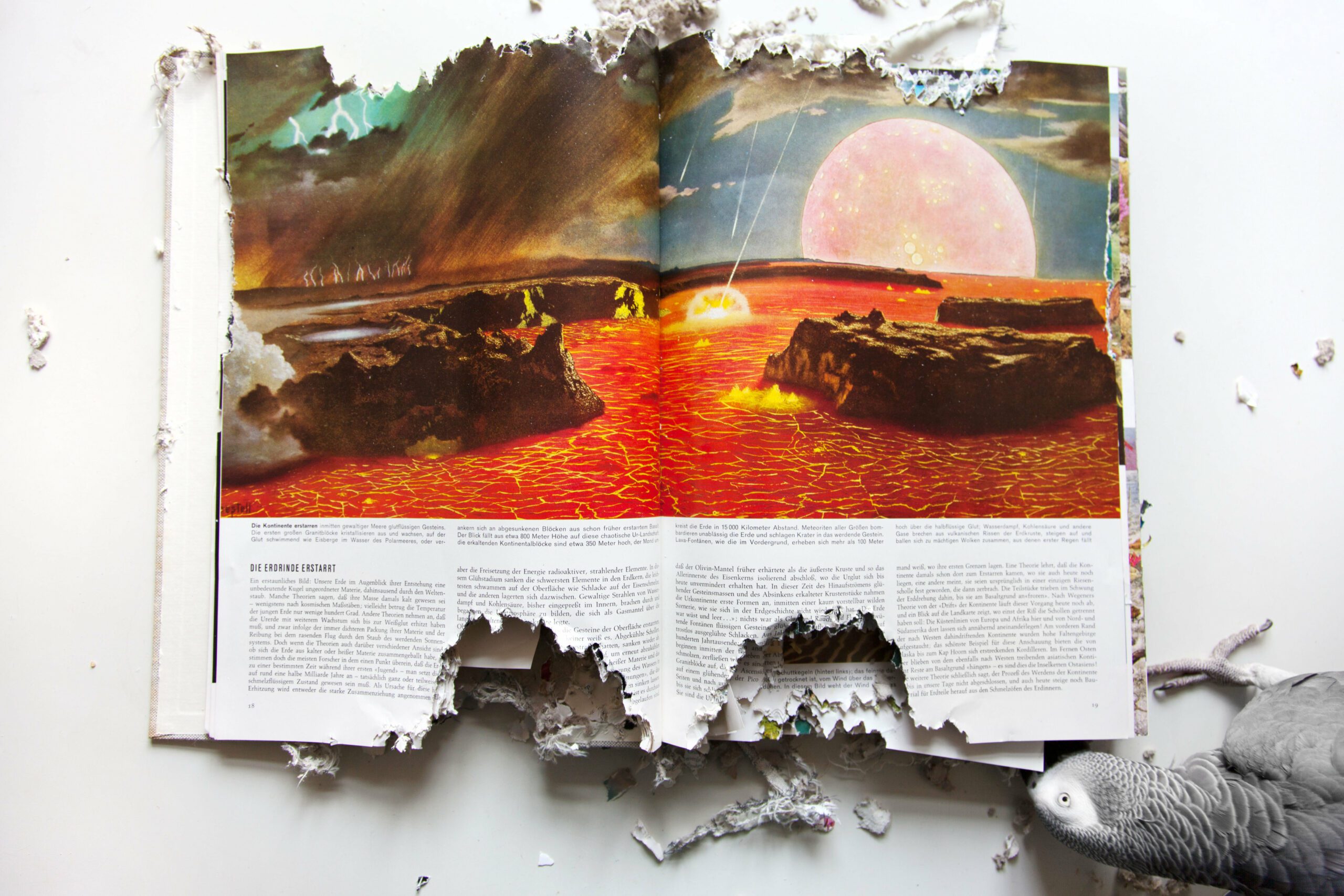
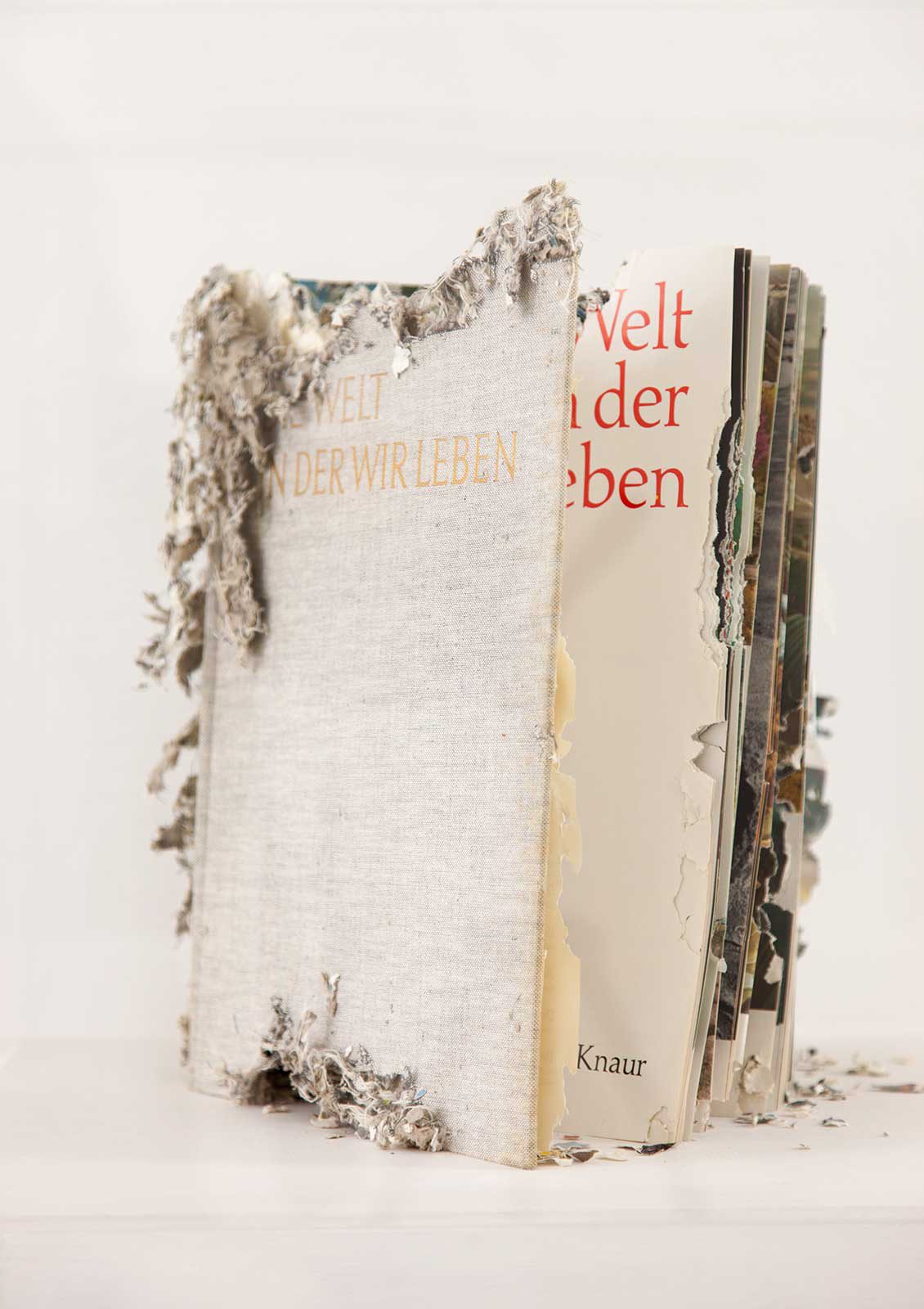
In collaboration with Nick Byaba and CMUK
Curated by Felix Sattler
Supported by
Kunststiftung NRW
Capital Cultural Fund Berlin
Academy of Media Arts Cologne
Further cooperation partners
Dr Sylke Frahnert, Dr Katja Kaiser, Museum für Naturkunde Berlin (scientific-historical advice and loans)
Christine Bluard, Annelore Nackaerts, Royal Museum for Central Africa, Tervuren, Belgium
Prof Nancy Jacobs, Brown University
Dr Vanessa Wijngaarden, University of Johannesburg, University of Liège